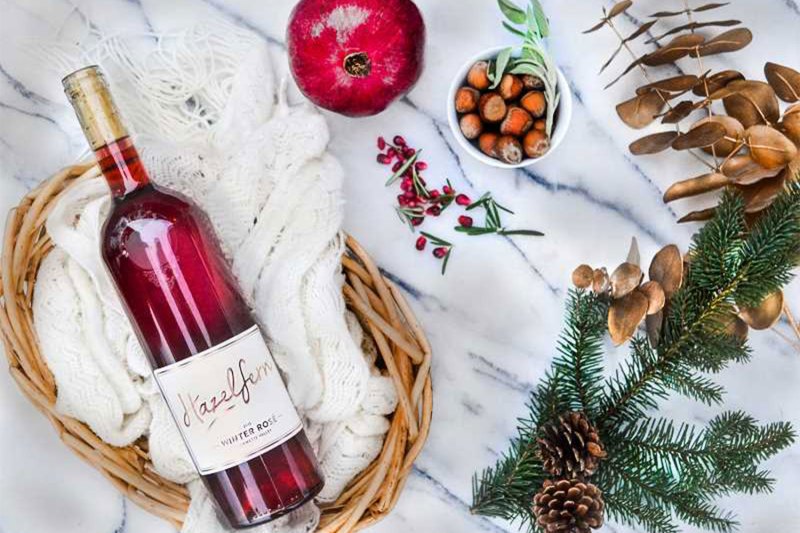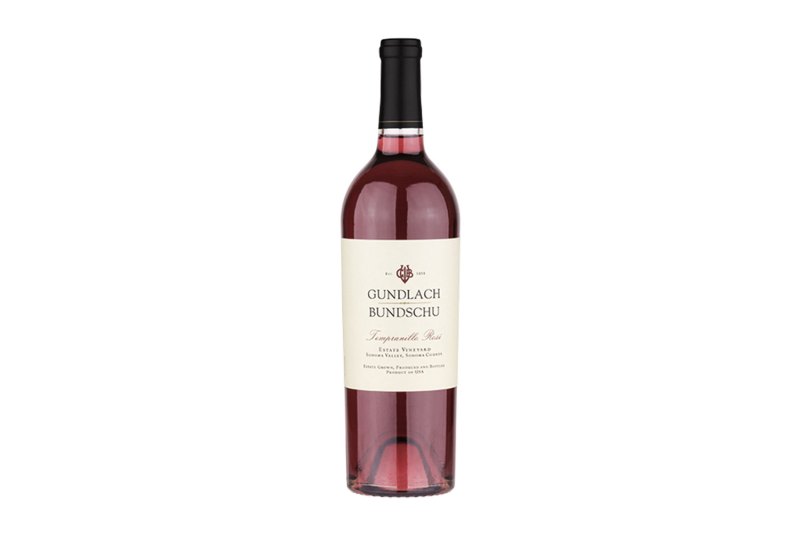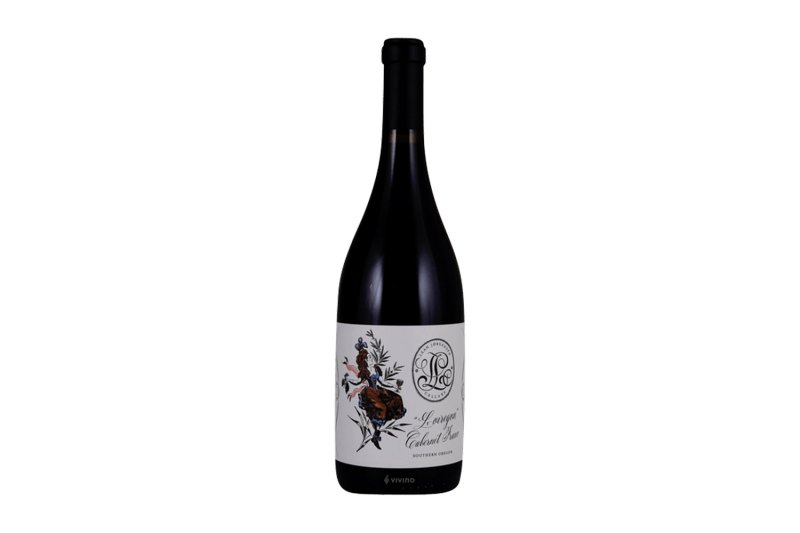There’s a seasonal myth out there that states that pink wine is just for the spring and summer. I’m here to debunk that, with the help of some heftier, more extracted rosé wines that can not just outlast the seasonal box the category is put in, but go the whole year strong.
This is not to take anything away from the wonderful rosés of southern France. Provence, and Bandol that in particular have practically mastered the art of the salmon-hued dry-as-a-bone wine perfect for all things al fresco. This piece exists to remind you that rosé wine, like IPA or Sauvignon Blanc or Mezcal, is a broad realm indeed. In other words, not all faintly pink wines err on the side of being delicate.
A winemaker can change the game dramatically depending on the grape variety she selects or the cellar approach she opts for. Tempranillo, for example, can make for a bit bigger, slightly smoky rosé great with conservas. Pinot Noir, known for its lighter body and ideal for a more standard issue rosé, can be all the more concentrated with extended maceration times. There’s even White Zin for those wanting something a little more candied in nature.
Perhaps none of this should be a surprise. We’ve already seen rosé burst out of its Americanized corner where it once catered to primarily women having brunch. We know it to be more than its former stereotyped definition, appealing to all types and able to show plenty of presence on the palate. Just as it can be light and fleeting and ideal for the hottest days of the year, rosé can also be plump and ready for fall and even winter dishes.
Here are some rosé wines on the heavier side, here to accompany you and yours as we shift from a scorching summer to a refreshing autumn.
Hazelfern Cellars Winter Rosé

Made from predominately Pinot Noir and a pinch of Barbera, this rosé looks like cranberry juice. The darker hue matches the darker fruit flavors and the wine manages to be both refreshing and full in terms of body. Made in Portland, this wine tends to get barrel fermented and aged for nearly a year, yielding something that’s ideal alongside root vegetables, roasted squash, even pot roast.
Fetherston Dolcetto Rosé

This pink wine out of Australia is deceptive, in a good way. The color suggests summer fresh but the flavors are decidedly heavier, showing spice, berry, and peppery notes. The alcohol content is moderate and the slight brooding nature of Dolcetto still manages to come through.
Gundlach Bundschu Tempranillo Rosé

Made from Sonoma fruit, this rosé is delicious no matter what the calendar is telling you. It’s full of fruit notes but also shows a certain firmness, with noticeable earthy components. Instead of pressing the fruit right away, there are 2-3 days of skin contact, affording a darker color and even a little tannin and tea-like flavors.
Leah Jørgensen Cellars Rose of Cabernet Franc

Another outstanding Oregon option, this rosé from Leah Jørgensen has lots of depth, showing wonderful savory notes. There’s a bit of woodsy-ness too, which does great with lightly-smoked fare. It’s so delicious I’m patiently waiting for more winemakers to warm up to this great use of a classic grape variety. This one in particular sports a really alluring umami component.


